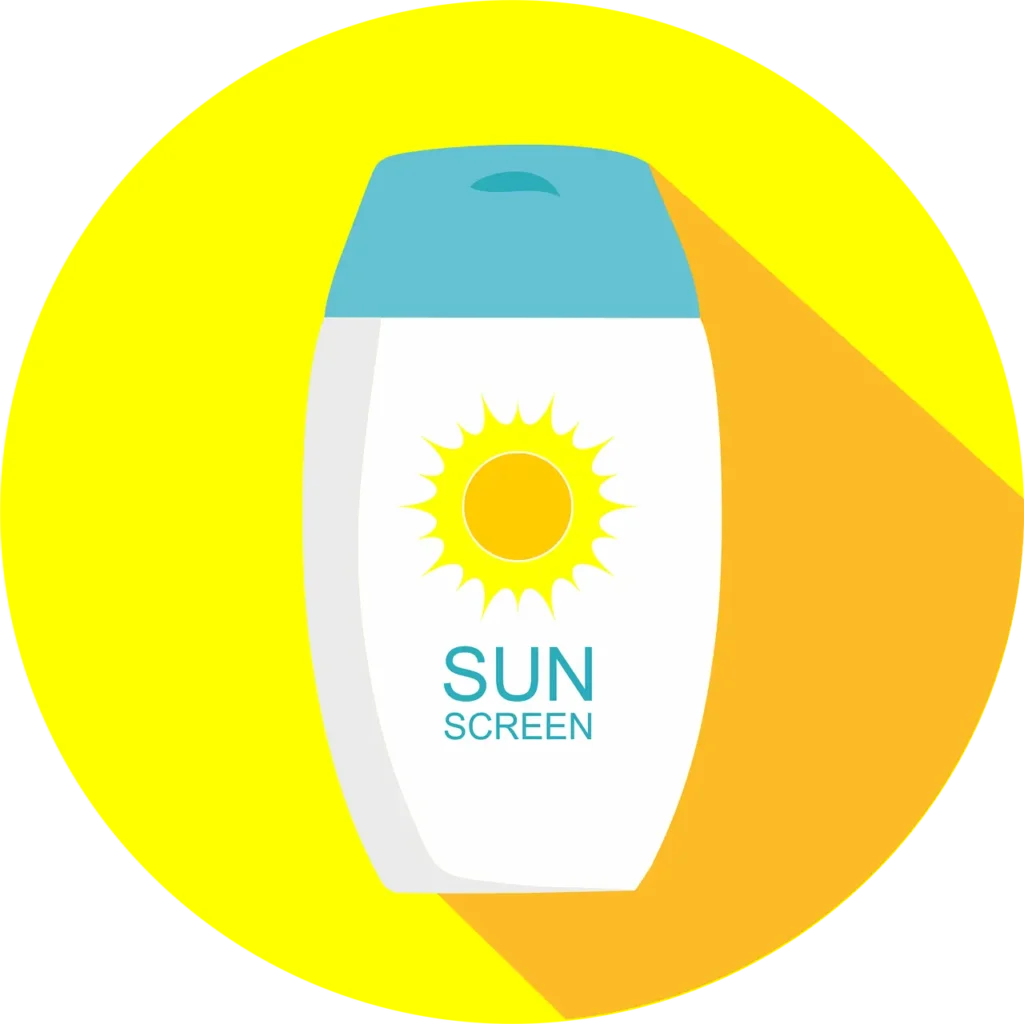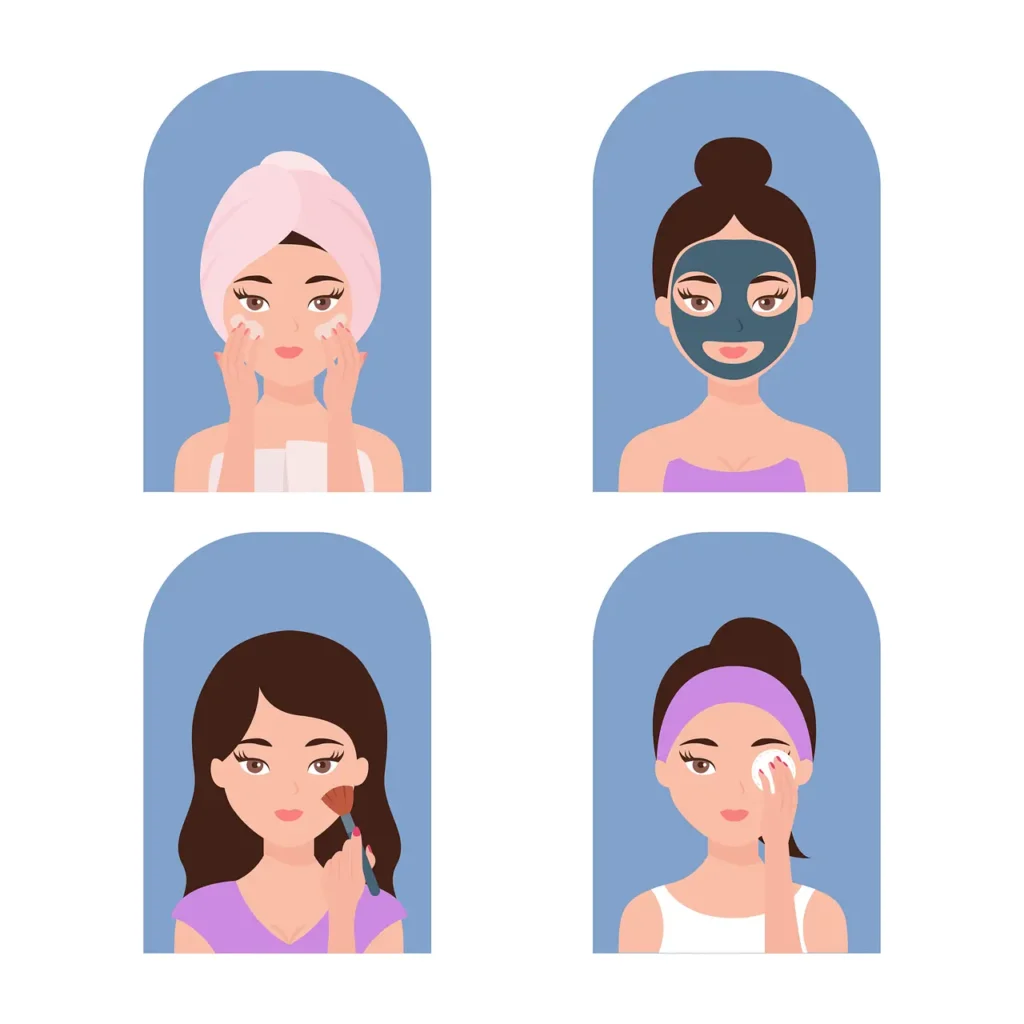Building a skincare routine doesn’t have to be complicated, time-consuming, or something reserved for professionals. With just a few essential steps, anyone can create an effective routine at home that nourishes, protects, and enhances the skin. Whether you’re dealing with dryness, acne, sensitivity, or aging concerns, the core principles remain the same: cleanse, moisturize, and protect.
Let’s break down each step, why it matters, and how to customize it for your skin’s needs and your busy schedule.
1. Cleansing: The Foundation of Every Skincare Routine

Cleansing is the first and most important step in any skincare routine. Throughout the day, our skin accumulates dirt, oil, sweat, and pollution that can clog pores and lead to breakouts or irritation. A good cleanser removes these impurities while maintaining the skin’s natural balance.
- Why it’s necessary: Proper cleansing prevents buildup, allowing your skin to breathe and absorb other products more effectively.
- What to use: For oily or acne-prone skin, opt for a gel or foam cleanser with salicylic acid to help clear pores. If your skin is dry or sensitive, a cream or oil-based cleanser will gently remove dirt without stripping your skin of moisture.
- Pro tip: Cleanse your face twice daily—once in the morning to refresh your skin and once at night to remove the day’s impurities.
2. Moisturizing: The Key Step in Your Skincare Routine

No matter your skin type, moisturizing is essential. Even if your skin feels oily, it still needs hydration to stay healthy. Moisturizing strengthens your skin’s barrier, preventing water loss and protecting against external aggressors.
- Why it’s necessary: It keeps your skin hydrated, smooth, and resilient, helping to prevent fine lines and dryness.
- What to use: If you have oily skin, choose a lightweight, oil-free moisturizer. For dry or aging skin, a richer cream with ingredients like hyaluronic acid, which attracts moisture, is a great choice. Sensitive skin benefits from fragrance-free options with calming ingredients like aloe vera or ceramides.
- Pro tip: Apply moisturizer while your skin is still slightly damp after cleansing to lock in hydration.
3. Sun Protection: A Non-Negotiable in Any Skincare Routine

If there’s one skincare step you should never skip, it’s applying sunscreen. Sun exposure is the number one cause of premature aging, leading to wrinkles, sunspots, and an increased risk of skin cancer. Even if you’re indoors, UV rays can penetrate windows, so daily protection is crucial.
- Why it’s necessary: Sunscreen shields your skin from harmful UV rays, preventing sun damage and preserving your skin’s youthful appearance.
- What to use: Look for a broad-spectrum SPF of 30 or higher. If you have oily or acne-prone skin, choose a non-comedogenic, mattifying formula. For sensitive skin, mineral sunscreens with zinc oxide or titanium dioxide are gentle and effective.
- Pro tip: Apply sunscreen as the last step in your morning routine, and reapply every two hours if you’re spending time outdoors.
4. Targeted Treatments: Tailoring Your Skincare Routine

Once you’ve mastered the basics, you can tailor your skincare routine to address specific concerns. Whether it’s acne, fine lines, or dullness, there are treatments that can help.
- For acne: Look for products with benzoyl peroxide or tea tree oil to help clear blemishes. You can also incorporate a weekly clay mask to deep-clean pores.
- For aging: Retinol is a powerhouse ingredient that promotes collagen production and reduces the appearance of fine lines. Start slow with a lower concentration and gradually build up as your skin adjusts.
- For dullness: Vitamin C serums are great for brightening and evening out skin tone. It’s an antioxidant that also helps to protect against environmental damage.
5. Exfoliation: A Must in Your Skincare Routine

Exfoliation is like giving your skin a fresh start. It helps to remove dead skin cells that can make your complexion look dull and uneven, allowing new, healthy skin to shine through.
- Why it’s necessary: Regular exfoliation helps keep your skin smooth, clear, and radiant, while also preventing clogged pores.
- What to use: For sensitive or dry skin, opt for a gentle chemical exfoliant like lactic acid. Oily skin types can benefit from stronger exfoliants, like salicylic acid, to clear out pores. Limit physical exfoliants (like scrubs), as they can be harsh on the skin.
- Pro tip: Exfoliate 1-2 times a week for best results. Over-exfoliation can damage your skin barrier, so moderation is key.
6. Consistency is the Heart of Any Skincare Routine

The most important part of any skincare routine isn’t the fanciest product or the most expensive serum—it’s consistency. It takes time for your skin to adjust to new products and start showing results, so stick with your routine and give it time to work. You don’t need a 10-step regimen to achieve healthy skin. As long as you’re cleansing, moisturizing, and protecting your skin daily, you’re on the right track.
7. DIY Skincare: Simple, Natural Solutions to Enhance Your Routine

If you’re looking for some at-home treatments with natural ingredients, there are plenty of DIY options that can complement your skincare routine.
- Hydration boost: Try applying a honey mask once a week. Honey is a natural humectant, meaning it helps your skin retain moisture.
- Soothe irritation: Use plain yogurt as a calming mask. The probiotics in yogurt can help reduce redness and soothe inflammation.
- Brighten dull skin: Mix a little turmeric powder with yogurt or honey to create a brightening face mask. Turmeric is known for its anti-inflammatory properties and can give your skin a natural glow.
Final Thoughts: Skincare Routine as Self-Care
Taking care of your skin shouldn’t feel like a chore. Think of your skincare routine as a form of self-care that allows you to connect with yourself and feel good in your own skin. There’s no such thing as perfect skin—everyone’s complexion is different, and that’s perfectly okay. The goal is to nourish and protect your skin so it can be its healthiest, most radiant version.
Remember, glowing skin isn’t a miracle—it’s the result of consistent care, simple steps, and a mindset that embraces the beauty of being yourself. Stick with the essentials, listen to your skin, and enjoy the process of taking care of it.
Glowing, healthy skin is within reach for everyone. You just need the right skincare routine and a little patience!
Q: What are the most important steps in a skincare routine?
A: Sun protection is key, as sun damage can cause skin cancer, wrinkles, and dark spots. Use sunscreen daily with at least SPF 15. After that, just follow a simple routine: wash your face with a gentle cleanser in the morning and at night, and apply a moisturizer to your face and neck.
Q: How do I figure out my skin type?
A: Skin usually falls into a few categories: normal, oily, dry, or sensitive. Combination skin means you might be oily in one area (like your T-zone) and normal or dry in other areas. Your skin type can change over time due to things like hormones, medications, or diet. To check your skin type, wash your face with a gentle cleanser and leave it without products for a few hours. Then, look closely at your skin to see how it feels and behaves in different areas.


